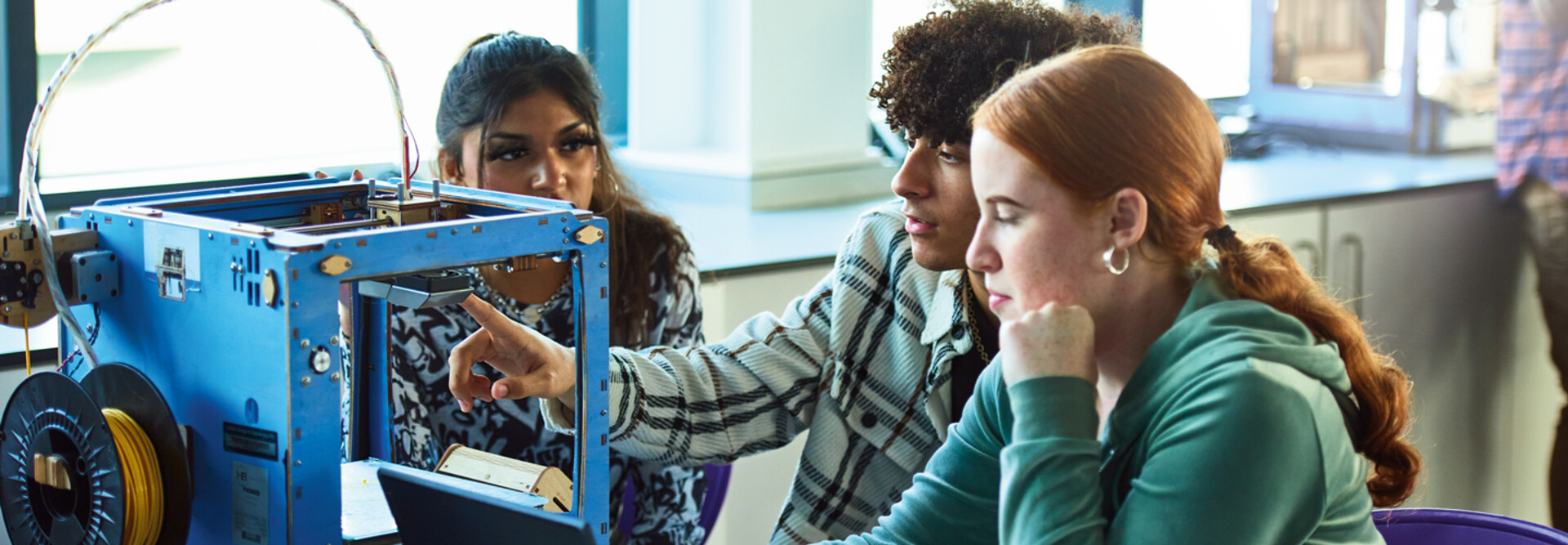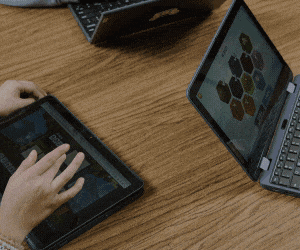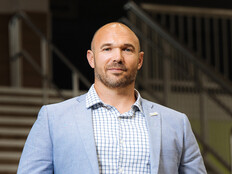Even though STEM disciplines can incorporate creativity, Riley says a STEAM framework is important because it asserts that the arts are integral and equally worthy of investment.
“In budget-constrained environments, what gets measured gets funded. Traditional STEM initiatives often push arts to the periphery as ‘enrichment’ rather than core learning,” says Riley. “STEAM creates accountability for meaningful arts integration and gives arts educators a seat at the table in curriculum planning.”
How Have STEM and STEAM Evolved?
As STEM and STEAM have matured, schools have moved beyond curricula that offer superficial applications, such as hands-on activities that check a box but fail to impart substantive knowledge. Ideally, STEM activities should help students learn STEM fundamentals, says Woods.
STEAM has followed a similar trajectory. Early on, STEAM was often “STEM with an art project tacked on,” says Riley. Today, the best STEAM initiatives include standards from multiple disciplines, focusing on creative problem-solving and real-world applications.
“Teachers are now designing learning experiences where you can’t easily separate which part is ‘arts’ and which is ‘STEM.’ They’re seamlessly interwoven,” Riley says.
This shift is influenced, in part, by insights into neuroscience and the way humans learn, says Appel. “We’re becoming smarter about delivery that is better aligned with what we know about cognitive development and emotional development,” he says.
DIVE DEEPER: Makerspaces foster community and student well-being.
As practiced at Sally Ride Science, this means cultivating interest with younger learners — finding the topics that “spark” — and helping them find their niches and master fundamentals.
By the time students reach high school, says Appel, “several professional pathways have been illuminated, and the next steps feel a lot less daunting than they did decades ago because the students have a solid foundation.”
That echoes Woods’ observation that more schools now include STEM and STEAM in elementary school, giving students a longer runway to hone skills and master complex projects.
Using STEM to help students explore professions complements K–12 districts’ renewed interest in career and technical education, says Woods.
“All these practical, amazing careers are in huge demand as baby boomers retire from those fields, and they all have tremendous STEM connections built into their curriculum,” says Woods.
What Is the Future of STEM and STEAM Education?
Educators expect to see a greater emphasis on curricula that connect STEM and STEAM to real-world applications in the future.
“We’ll see more learning experiences centered on authentic problems that matter to students and communities,” says Riley. “We’ll move beyond the academic silos entirely and see more project-based approaches where students learn technical and artistic skills as needed to address complex challenges.”
To that end, Appel forecasts more coordination among K–12 schools, universities and industry, which will help educators understand workforce needs and co-create learning experiences.
Partnering with local resources — such as a university, manufacturing plant, agriculture industry or nature area — can also help district leaders tailor STEM and STEAM programs to regional strengths, Woods notes. Any of these could lend lessons to a STEM curriculum that helps students apply real-world skills relevant to their communities.
WATCH NOW: Maritime High School students navigate their own learning.
“It’s not just about integrating content and supporting emotional development and essential skills, but coming together to say, what do we need? How do we get there? How do we work together with communities and families to realize the future?” says Appel.
For Riley, advancing technology makes STEAM an essential framework for K–12 learning. For example, she says, a STEM project might task students with building a robot, whereas a STEAM approach would consider the robot’s design, ethical implications and human interface.
“With AI automating so much, the human skills fostered by STEAM — creativity, empathy, judgment — will be the skills that matter most. STEAM will shift from being a nice-to-have to a must-have,” she says.
From that perspective, the “STEM vs. STEAM” question may continue to yield to a “STEM and STEAM” approach.
“Life is cross-curricular,” says Woods. “Education needs to be cross-curricular too.”












